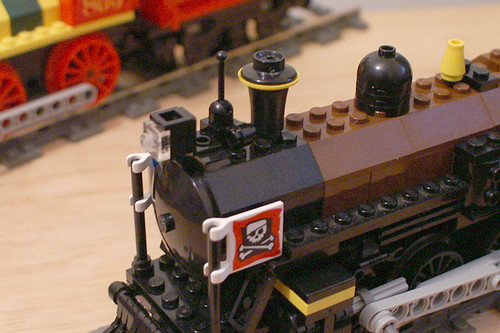-10-hour sleeper train for the win.
European sleepers are wonderful!
And for this reason: they are affordable. As you say, they are not the most expensive option, whereas an Amtrak sleeper always is.
And that brings me to where I think the money needs to be: More sleepers for the existing trains.
At the moment, Amtrak sleepers are a pretty elitist thing; the general traveler going from A to B can't afford a sleeper; only those on expense accounts or those with money for an Amtrak holiday. While these people are important, with more sleepers, it would no longer be necessary to price off demand, and therefore the price of sleepers could drop, and bring the cost within reach of the general American - perhaps making his or her journey by sleeper cheaper than flying (which isn't that damned cheap).
I would also say that some passengers do prefer a long daytime trip to an overnight trip, particularly as it's quite unpleasant traveling overnight if you can't afford a sleeper, very unpleasant in fact, and if you haven't slept in your seat you lose a day anyway in recovering. So I'd say if the money was available for it, you could justify a second schedule:
- Houston to San Antonio at a vaguely sensible time.
- Leaving Penn Station very early and arriving at Chicago at midnight or a bit after, via the LSL route.
- Leaving Penn Station very early, DC about 10:00, and arriving at Atlanta by midnight, then proceeding to offer an overnight service from Atlanta to New Orleans.
- Extension of the Palmetto to Tampa, to provide a daytime service to Northern Florida.
Finally, if Amtrak were able to commence operation on one route on which service doesn't exist already (though I think this takes us beyond the existing $800M funding) it would be this:
- Corridor service between New Orleans and Mobile, AL, with two or three extra stations at reasonably sized places like Gautier, MS, with one daily extension to Orlando, bearing in mind particularly that this region has huge potential for recovery, being still not what it was before Katrina.
I would also mention frequent commuter rail service between Raleigh, Durham and Greensboro, NC, but while this corridor really ought to have commuter rail service, I would say that funding of this should rest mainly on the state of North Carolina.










